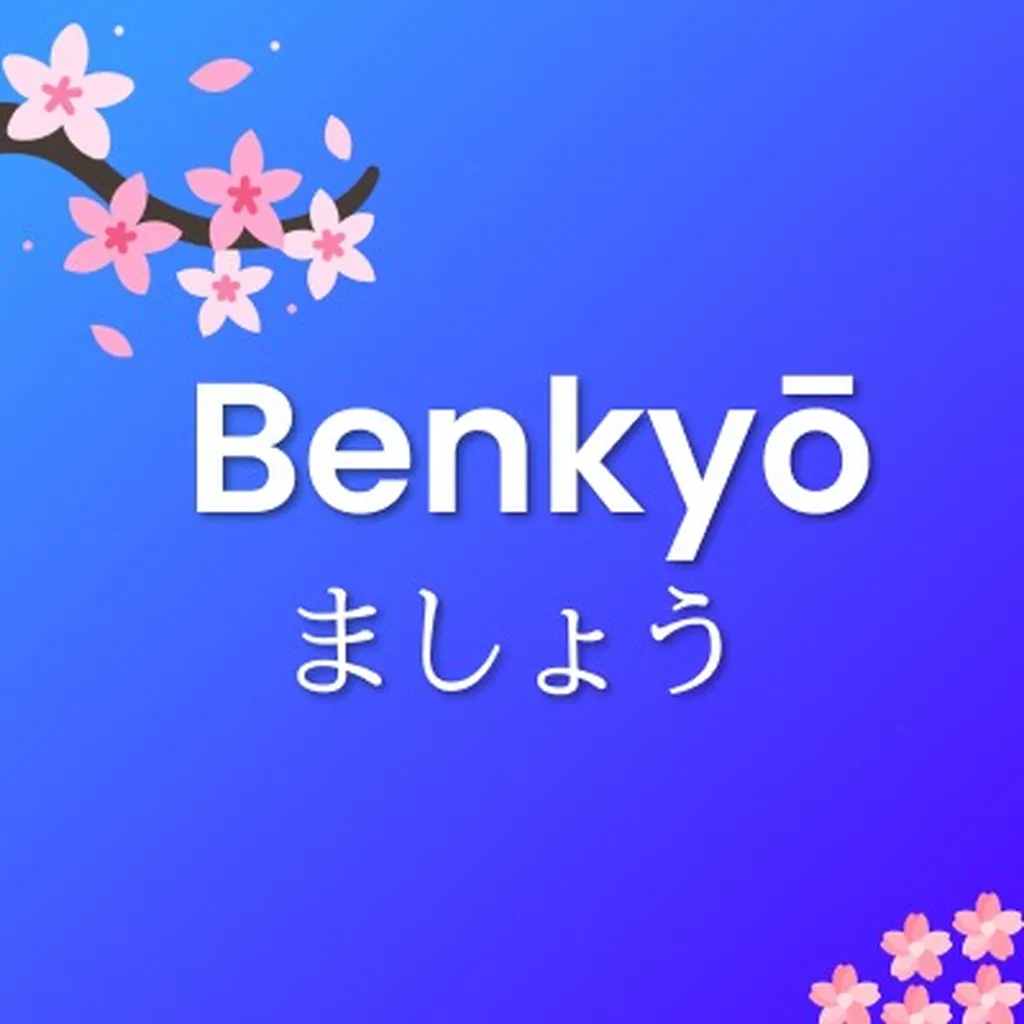折る
おる
to snap, to break; to bend
Godan verbJLPT N4
Example Sentences
木のえだを折ります。
I will break a tree branch.
子どもがえんぴつを折った。
The child broke the pencil.
わたしははしを折りません。
I don’t break chopsticks.
Grammar Notes & Usage Tips
•Use を with 折る to mark what is being broken or bent — for example, 「えんぴつを折った」 means "I broke the pencil."
•Remember that 折る is something you do to something else, so don't use it for things that break on their own — use 折れる for that.
•A common mistake is forgetting that 折る sounds a bit forceful, so avoid using it for unintentional or gentle actions like "folding clothes" — use 畳む (たたむ) instead.
•JLPT N4 level
Common Phrases & Expressions
木の枝を折る(きを えだを おる)
to break a tree branch
心を折る(こころを おる)
to break someone’s spirit / to discourage
骨を折る(ほねを おる)
to break a bone; also used idiomatically as "to make a great effort"
Complete Conjugation Table
Basic Forms
Dictionary Form
折る
Masu Form
折ります
Te Form
折って
Past Form
折った
Negative Form
折らない
Past Negative
折らなかった
Polite Forms
Polite Present
折ります
Polite Past
折りました
Polite Negative
折りません
Polite Past Negative
折りませんでした
Advanced Forms
Potential Form
折れる
Passive Form
折られる
Causative Form
折らせる
Causative Passive
折らされる
Volitional Form
折ろう
Imperative Form
折れ
Conditional Forms
Conditional (ば)
折れば
Conditional (たら)
折ったら
Other Forms
Progressive Form
折っている
Desire (たい)
折りたい
Prohibition
折るな
